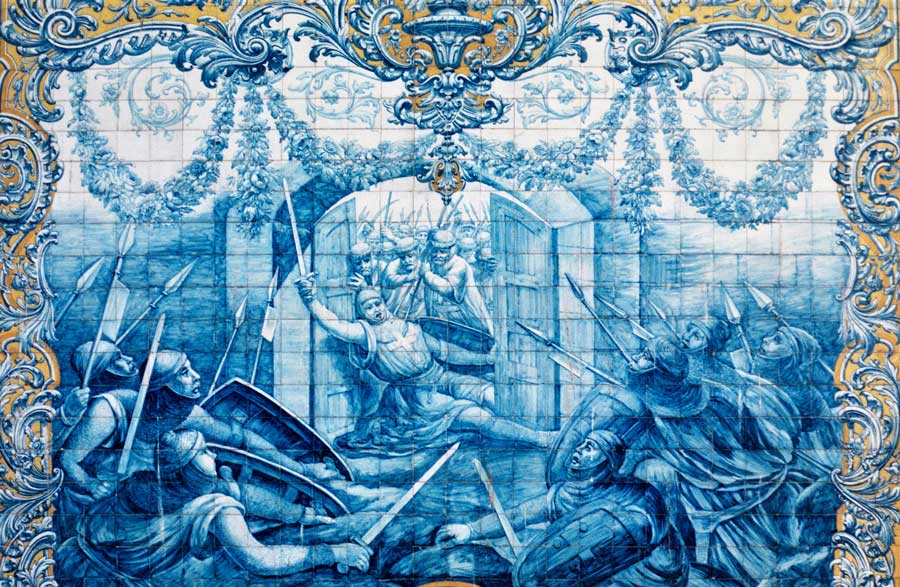The Conquest of Lisbon | History Today - 2 minutes read

In early 1147 the Devon port of Dartmouth was the gathering point for the Second Crusade, drawing would-be holy warriors from across northern Europe. There were at least 164 vessels in the assembled fleet. Each ship held some 50 men; each was a parish and had its own priest. One such priest, a Norman named Raol, wrote an eyewitness account of the ensuing Siege of Lisbon, De expugnatione Lyxbonensi, long on medieval siege tactics, longer still on sermons.
At Oporto the crusaders agreed to help Afonso I of Portugal liberate Lisbon from the Moors. They reached the city on 28 June. Raol was in the vanguard: one of the first onto the shore, one of just 39 who spent the first night encamped under the city walls.
Raol was in the thick of the fighting. In the climactic assault, ‘an almost unbearable contest’, he highlights the courage of seven youths from Ipswich who spent two days and a night in a ‘penthouse of plaited osiers’ – known as a ‘Welsh cat’ – between the principal siege engine and the city walls. These young men were engaged in putting out the fires, ‘pitch and flax and oil and every kind of inflammable matter’, that rained down on the engine.
The city surrendered on 25 October 1147. It is likely that Raol continued on to the Holy Land – and into oblivion – the following spring.
Source: History Today Feed